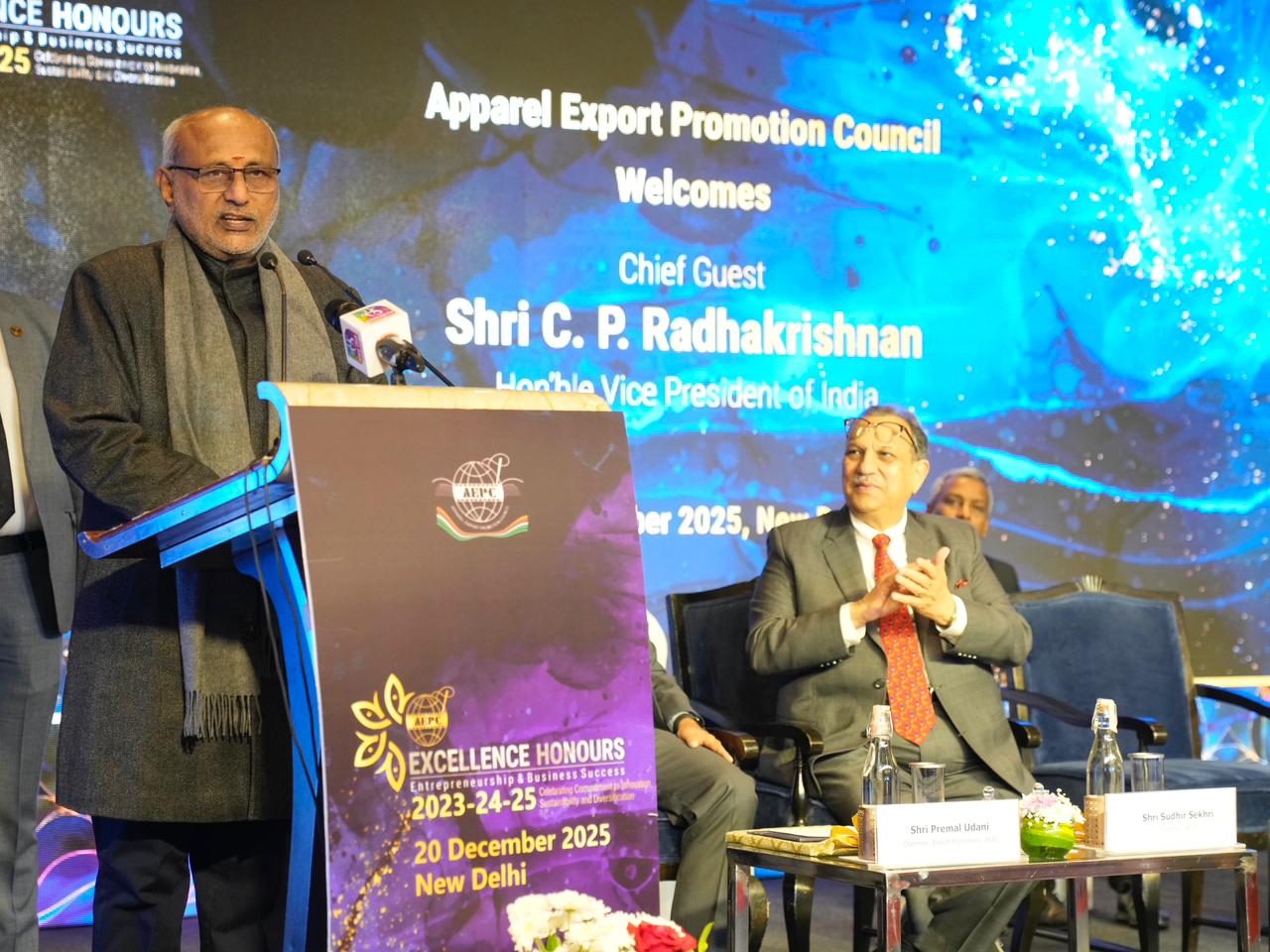 A recent report by Companies and Markets Research says, despite the current global economic downturn, the global apparel industry continues to grow at a healthy rate. This coupled with the absence of switching costs for consumers and great product differentiation, means that rivalry within the industry is no more than moderate. The apparel industry is of great importance to the economy in terms of trade, employment, investment and revenue all over the world. The industry has short product life cycles, vast product differentiation and is characterised by great pace of demand change coupled with long and inflexible supply processes.
A recent report by Companies and Markets Research says, despite the current global economic downturn, the global apparel industry continues to grow at a healthy rate. This coupled with the absence of switching costs for consumers and great product differentiation, means that rivalry within the industry is no more than moderate. The apparel industry is of great importance to the economy in terms of trade, employment, investment and revenue all over the world. The industry has short product life cycles, vast product differentiation and is characterised by great pace of demand change coupled with long and inflexible supply processes.
As per the report, the global apparel industry -- encompassing clothing, textiles, footwear and luxury goods – touched approximately $2,560 trillion in 2010. The apparel, luxury goods and accessories portion of the market, which accounts for over 55 per cent of the overall market, is expected to generate $3,180 billion in 2015, with a yearly growth rate of more than 4 per cent.
The emerging markets
Apparel remains largely a discretionary purchase compared to other consumer goods, making it more prone to economic shocks. The market has shown significant recovery from the 2008-09 slow down, with robust growth in emerging markets. The global apparel market has been shaped by three contrasting regional movements: robust growth in emerging markets, fragile recovery in the US, and a sharp slowdown in Western Europe.
Despite a relatively low percentage of its total population using the internet, Asia-Pacific boasts of some of the most tech-savvy consumers. The e-commerce explosion has been particularly pronounced in China, where the channel's share more than doubled from 3 per cent in 2011 to 7 per cent in 2012. Although the convenience factor is the primary driver of internet sales, the prevalence of discounts online has added to its appeal. The main challenges to growth in emerging markets are: the prevalence of cash culture, and caution over sharing credit card details online. With the online channel stealing market share, apparel specialist retailers and department stores have been investing heavily in creating compelling in-store environments and services to rebuild their appeal.
Market segments
The global children’s wear market is expected to go beyond $186 billion in 2014, marking a 15 per cent increase in five years. The Americas hold under 40 per cent of the global market. The global men’s wear industry is expected to exceed $402 billion in 2014, representing over 14 per cent expansion in five years. The leading market sub segment is clothing and footwear, with over 58 per cent of the market. The Americas have a 35 per cent stake in the overall market.
Global women’s wear industry is expected to exceed $621 billion in 2014, growth of over 12 per year on year. The leading market sub segment is clothing retailers, with over 64 per cent of total market value. The EU has a more than 37 per cent stake in the world market, which is fragmented and highly competitive.
The report states that entry to the apparel retail industry does not require large capital outlay. Setting up a single, independent apparel retail store is within the means of many individuals, even in countries like India and China, where median incomes are low. However, in some countries a few large corporations account for a major share of total industry’s revenue. Their scale economies include the ability to build brands in multiple retail outlets, and greater buying power when negotiating with suppliers. The global apparel industry is fragmented but there is room for large numbers of smaller players in this industry.
www.companiesandmarkets.com












